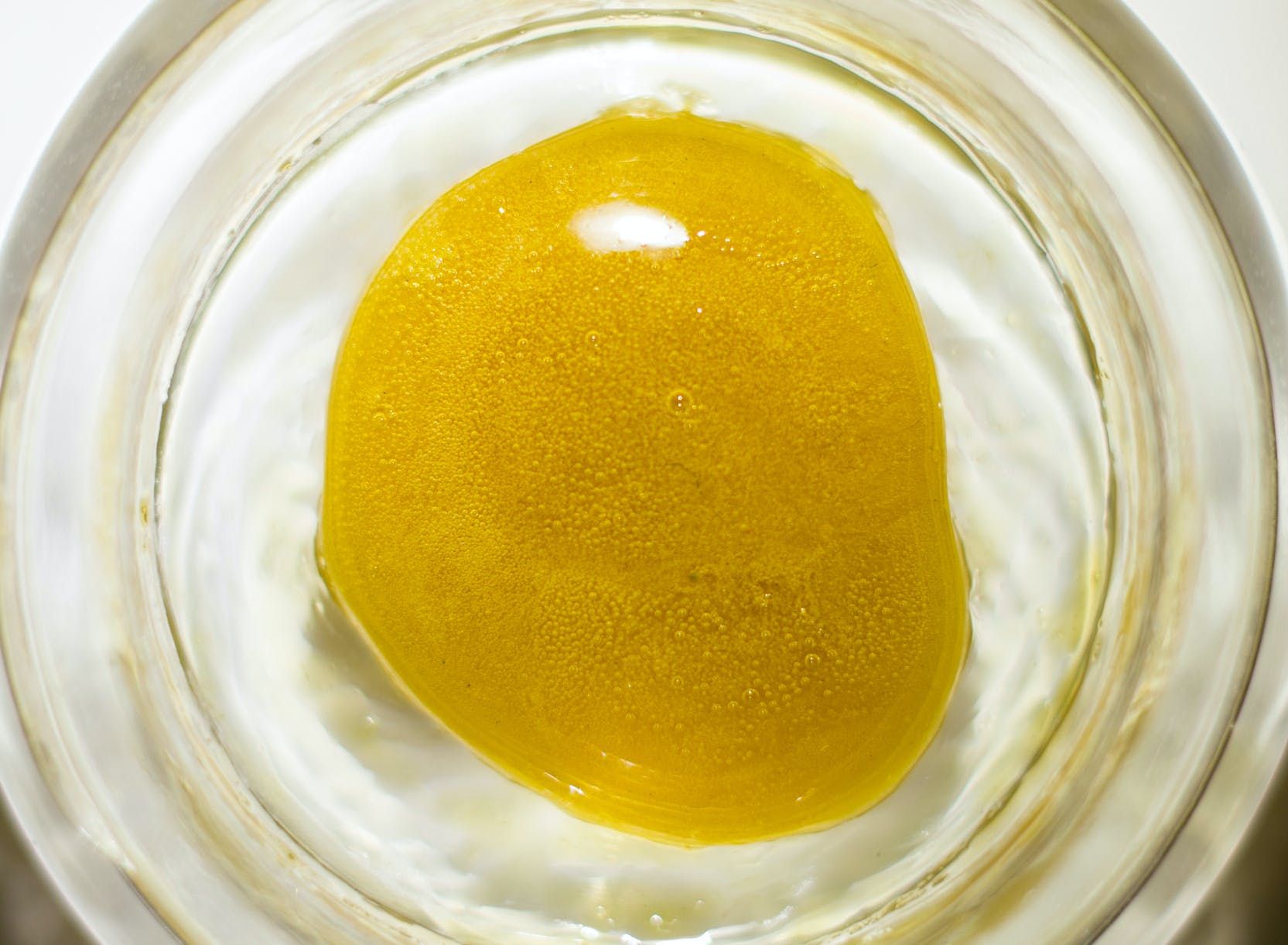In the last few installments of our series for folks new to cannabis, we went over the many ways you can consume cannabis—from vaping and [smoking joints to using bongs or pipes. Marijuana flowers are highly varied and versatile. You can choose from a wide medley of strains and use the flower in so many different ways.
And yet cannabis concentrates may boast even more variety, since many kinds of concentrates can be made from any given flower. In this article, we’ll go over how concentrates are made, how to use them and why some patients prefer concentrates when treating their conditions or symptoms.
FOLLOW US ON FACEBOOK & INSTAGRAM
Types of Cannabis Concentrates
Cannabis flowers are rich with cannabinoids and terpenes, which give the plant its medicinal effects. When these flowers are processed to extract their essential oils, their active ingredients become much more concentrated. The result—you guessed it—is a cannabis concentrate. There are so many different types of concentrates available. Walking into a dispensary, you’ll likely see a collection of concentrates that includes many colors, textures, consistencies and presentations. You may also see a number of names used to describe these concentrates, such as:
- extract
- oil
- wax
- dabs
- shatter
- rosin
- hash
- kief
- honey
This variety is partly due to differences in the flowers used for each product, but is primarily based on how the concentrates were made.
Cannabis Extractions Using Chemical Solvents
Concentrates are made in a variety of ways. In recent years, chemical extractions have grown in popularity, so much so that these days most concentrates are made using some kind of chemical solvent. BHO, or butane hash oil, is one of the most popular concentrated cannabis extracts; it’s made by using butane, but you can also find products made with chemicals like:
- propane
- isopropyl alcohol
- ethanol
- hydrocarbons
- carbon dioxide
These chemical solvents produce concentrates in a variety of colors—from clear to amber—and textures—from liquidy or sticky like taffy to hard and brittle or dry and crumbly.
Unfortunately, many of these solvents have known health risks. While there are processes to remove the chemical solvents from the resulting extract, not all manufacturers have the skill or equipment to fully purge these chemicals. In states where testing regulations are lax or nonexistent, cannabis extracts may still contain harmful residual solvents.
Non-Chemical Cannabis Extraction Methods
To avoid the risks posed by the presence of chemical solvents, many patients choose to use extracts that haven’t been processed with chemicals. The most historical methods, involving the production of kief and hash, use natural resources like water and movement to extract cannabinoids from the plant.
Kief has a light powdery consistency and is made by filtering cannabis pollen through a screen. Meanwhile, hash uses water to remove the potent components found in the plant and usually comes out as a darker concentrate with a consistency that can be sticky like taffy or dry with a dirt-like appearance.
Rosin, a third method that doesn’t involve the use of chemicals, is a more recent innovation that involves using pressure and heat to squeeze the essential oils from the cannabis plant. Rosin, like extracts processed chemically, can come in many colors and textures—from hard and brittle to a liquidy oil.
Ways You Can Use Cannabis Concentrates
You can use concentrates in almost every way that you can consume the cannabis flower. They can be smoked, vaped or turned into infused products like edibles and topicals. Patients often use different tools to smoke or vape concentrates than they would when smoking or vaping flower.
The easiest way to enjoy a concentrate these days is with a prefilled cartridge. These ready-to-go cartridges fit onto most e-pens or vaping batteries, and are already filled with concentrates. All you have to do is push a button and inhale the vaporized medicine.
You can find our demo on using e-pens here.
Other electronic vaping devices are designed so that you can refill them with any concentrate you have on hand. If you want to smoke your concentrate, you may find the easiest way to do so is by adding it in with flower. You can also roll extracts into a joint or add concentrate to the bowl of a pipe or bong to boost the cannabis’s potency.
More advanced patients who want a higher dosage of cannabis may find dab rigs a good way to either vape or smoke your concentrate (depending on the temperature you’ve set the dab rig at).
Why Patients Go With Concentrates vs. Other Forms of Marijuana
Patients choose concentrates for a number of reasons. Some folks favor e-pens for their ease of use and convenience. Using a pre-filled vape cartridge is one of the simplest ways to medicate. It makes medicating a quick and discreet process, fitting neatly in a pocket or purse.
Patients needing a large and quick-acting dose of cannabis—to get relief from their symptoms or conditions—may lean towards using dab rigs. Concentrates allow patients to take in more cannabinoids, with less of the plant material that comes along with flower. This translates into getting a more potent dose of medicine without having to inhale as much smoke or vapor.
Other patients simply prefer the effects they get with certain types of concentrates. For example, hash can often have more sedative effects than flower, so some might use it before bed to get sleepy. I put hash or an indica rosin on my joints every night before bed. Meanwhile, kief and shatter tend to have more energizing and cerebral properties, so those who prefer that effect gravitate towards those options.
In our next installment of the Cannabis for Newbies series, we’ll continue our exploration of extracts by explaining the ins and outs of dabbing.
Photo credit: Fortune420
Need a medical marijuana recommendation? Consult with one of HelloMD’s knowledgeable doctors; it’s 100% online, private and easy.






